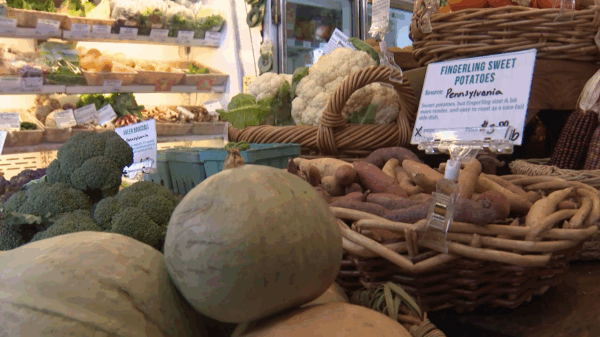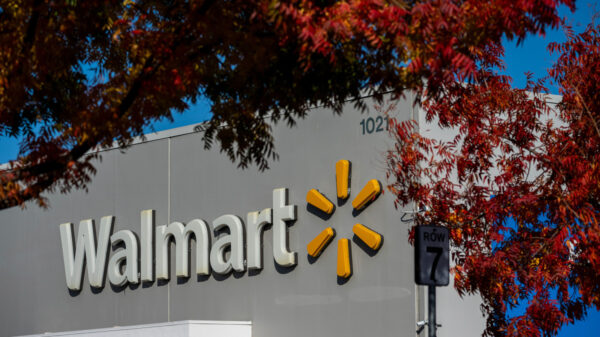The White House has announced that grocery prices this Thanksgiving are lower compared to previous years, a claim that contradicts government data indicating a 2.7% increase in grocery store costs from last year. This declaration comes as affordability remains a significant concern in Washington, where officials are striving to demonstrate that essential items are becoming more accessible for American families.
To support its assertion, the White House pointed to specific examples, including Walmart’s Thanksgiving meal list, which is reportedly 25% cheaper than in 2022. However, it is important to note that this list consists of fewer items and includes lower-cost brands. Additionally, significant decreases in egg prices, which have dropped nearly 90%, are attributed to a decline in bird flu outbreaks.
Despite these claims, many retailers are facing rising costs that affect their pricing strategies. Emily Friedberg, co-owner of Each Peach Market in Washington, D.C., expressed challenges in managing price increases, particularly for imported products. “How can we cover our costs? We have to cover our costs of bringing it in. But we have to decide how important that product is to it and what the appetite is for our customer,” Friedberg stated. “More often, we kind of meet in the middle and try to take a little hit on our margin to make it more palatable.”
Tariff Reductions and Their Impact
Earlier this month, President Donald Trump announced reductions in tariffs on various items, including beef, coffee, and tropical fruit. While he acknowledged that these tariffs could have contributed to higher prices, he asserted that import taxes generally do not have a significant impact on consumer prices. Data from the Get the Facts Data Team highlights that beef prices have reached record levels, complicating the narrative around affordability.
Agricultural economist Michael Swanson, speaking to Hearst Television, noted that the effectiveness of lowered tariffs on beef prices is contingent on the type of beef. Much of the meat used in ground beef is imported and may still be subject to tariffs. Although the United States produces a substantial amount of beef, it primarily comprises higher-quality cuts that are in high demand internationally.
The current economic landscape shows a mixed picture for consumers. While some prices may reflect reductions, many families are still grappling with higher costs associated with everyday grocery shopping. As the Thanksgiving holiday approaches, the debate around grocery prices continues, highlighting the complexities of the U.S. food supply chain and the impact of government policies on consumer costs.
As discussions about affordability persist, both consumers and retailers are navigating a challenging environment, balancing cost management with the need to provide quality products.








































































